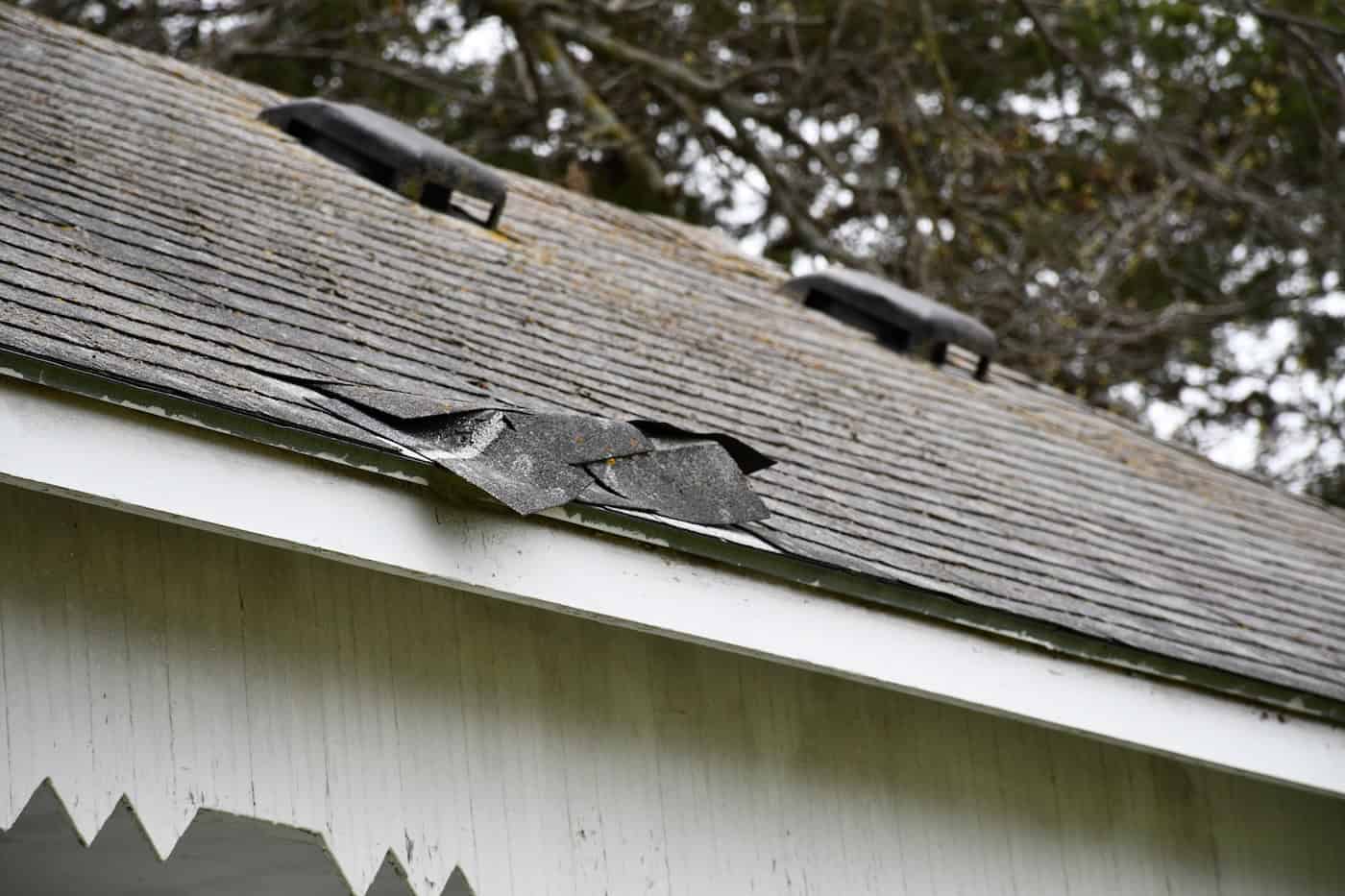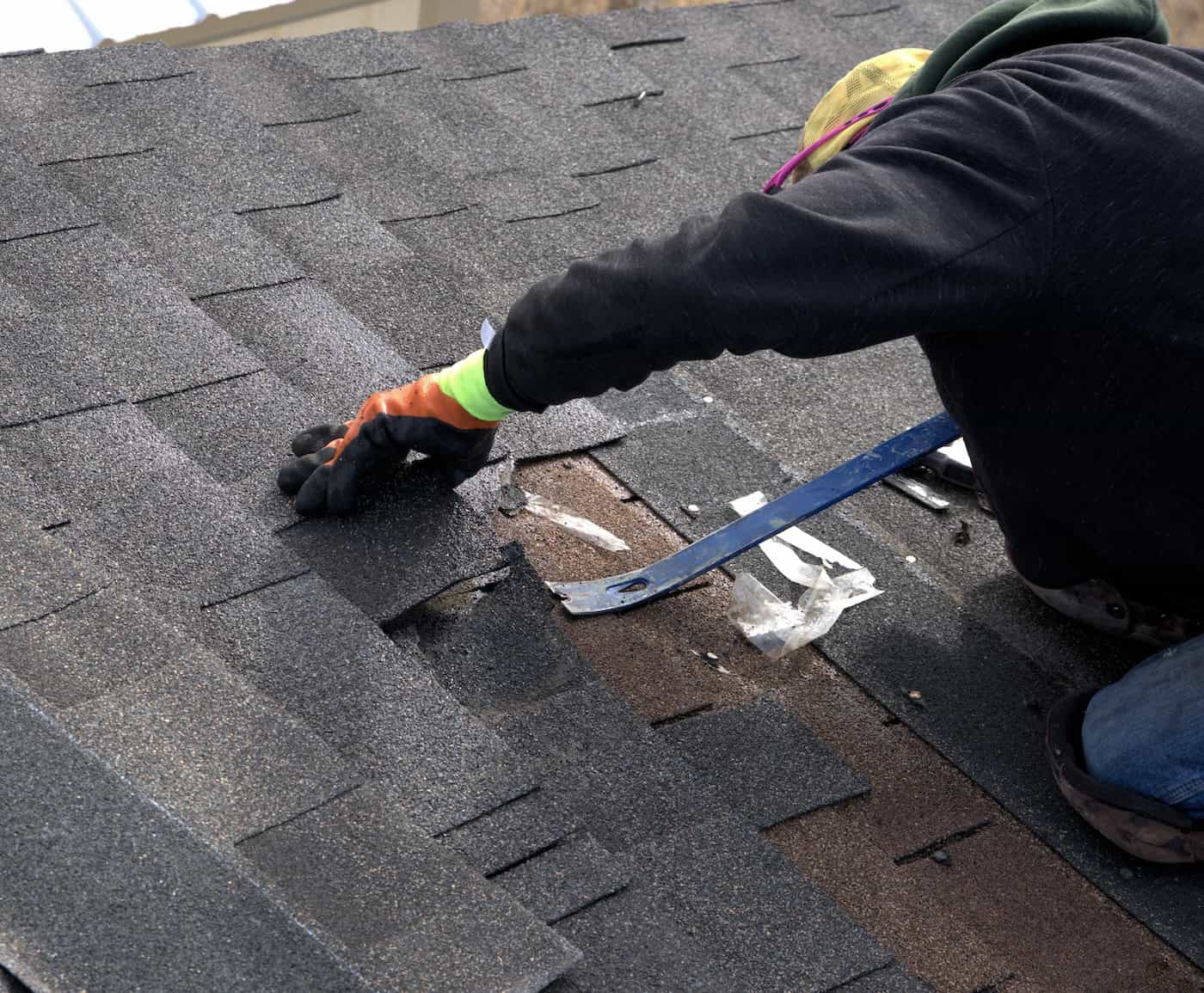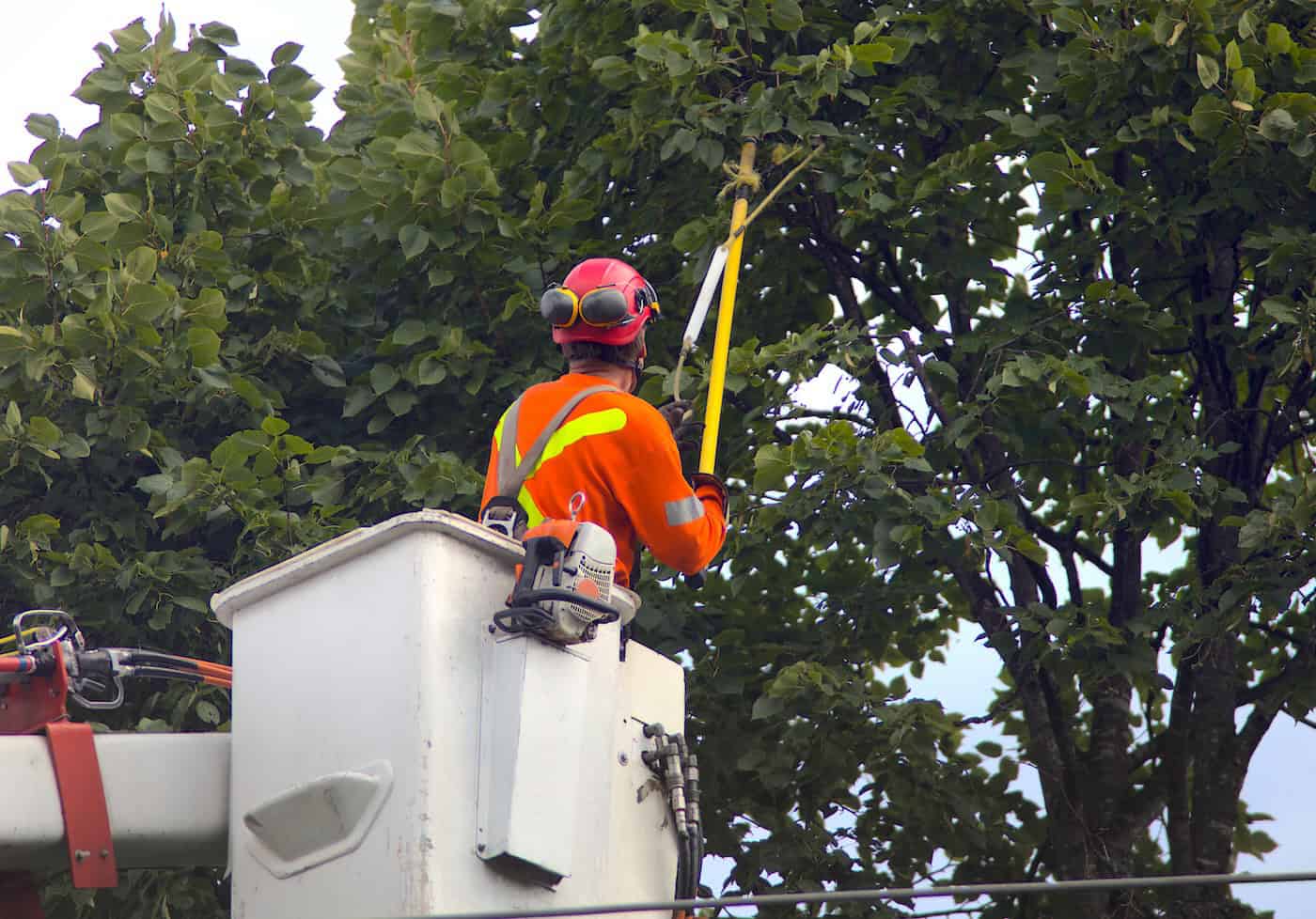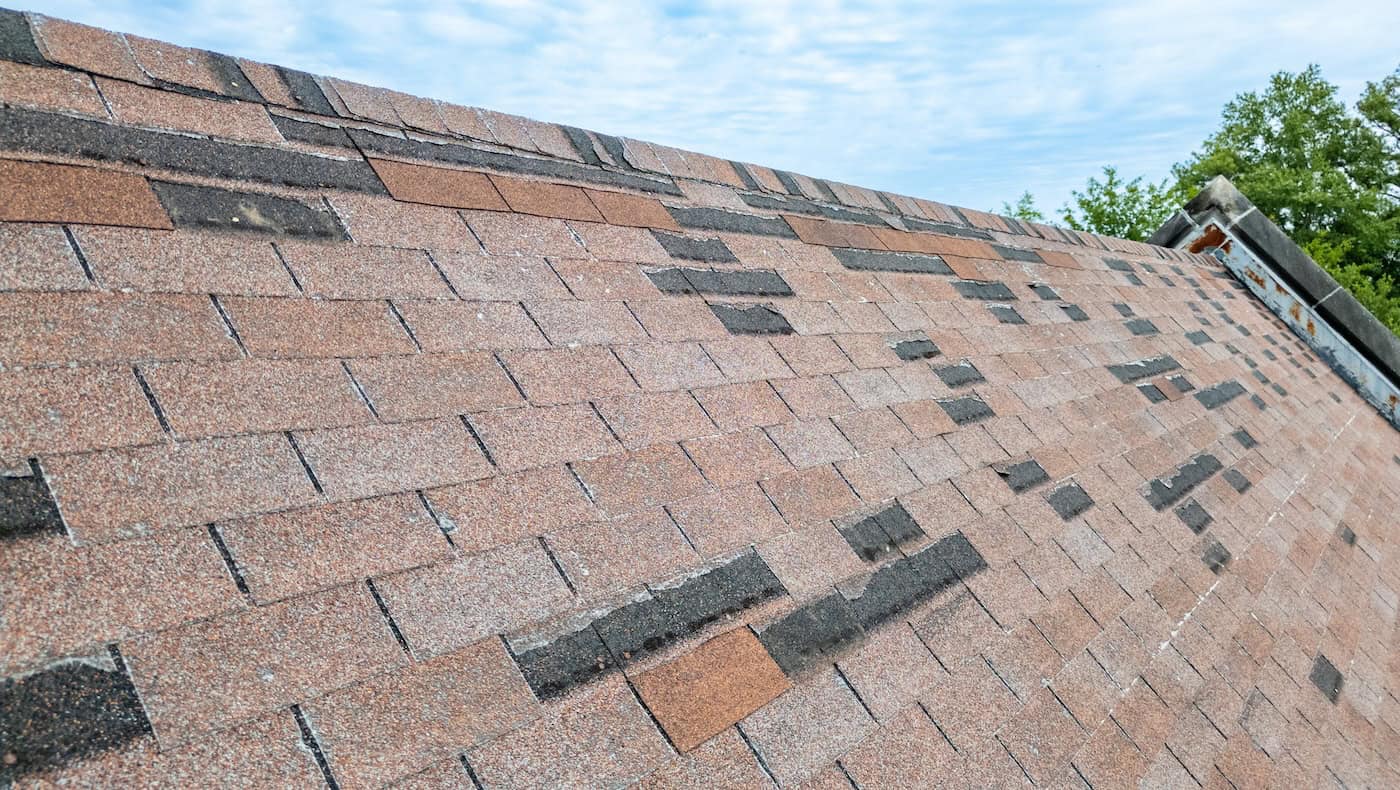Noticing wind damage to roof surfaces early can save homeowners from costly repairs and prevent small issues from turning into larger structural problems. High winds can loosen shingles, damage flashing, and expose your home to leaks. In this guide, we’ll cover what to look for after a storm and how to fix damage effectively.
- Signs of damage: Key warning indicators to check after strong winds.
- High-risk areas: Parts of the roof most vulnerable to wind-related issues.
- Repair solutions: Steps for fixing shingles, flashing, and gutters.
- Professional help: When to call in a trusted roofing contractor.
Why Wind Damage Should Never Be Ignored
Strong winds may not always cause visible destruction, but even minor roof damage can allow water to infiltrate your home. Over time, leaks can lead to rot, mold, and insulation problems. Homeowners in areas with frequent storms should regularly inspect their roofs to ensure issues are caught early. Taking preventive steps now avoids larger and more expensive repairs later.

Common Problems Caused by Wind
- Shingle loss: Missing shingles expose underlayment to rain and UV damage.
- Flashing damage: Loose or bent flashing allows water into vulnerable areas like valleys and chimneys.
- Granule loss: Shingles stripped of granules wear out faster and provide less protection.
- Lifted edges: Shingles that curl or lift can break free during the next storm.
Why Certain Roofs Are More Vulnerable
- Roof pitch: Steeper roofs can experience more uplift at shingle edges.
- Age of materials: Older roofs are more likely to have brittle or weakened shingles.
- Installation quality: Improper fastening or skipped nails increase the risk of storm damage.
- Previous repairs: Poorly patched areas often fail first under high wind.
5 Signs Your Roof Has Wind Damage
Knowing what to look for after a storm helps you act quickly before issues worsen. Walk around your property and visually check for these warning signs.
- Missing shingles: Gaps where shingles should be are a clear indicator of damage.
- Debris on the ground: Shingle fragments, nails, or flashing pieces may be scattered in your yard.
- Water stains indoors: Leaks often appear as ceiling spots or damp walls.
- Loose flashing: Metal around chimneys, skylights, or vents may appear bent or separated.
- Damaged gutters: Wind often blows shingle granules into your rain gutters, a sign of wear.
How to Fix Wind-Damaged Roof Sections

Minor wind damage can sometimes be addressed by homeowners, but larger issues are best left to professionals. Repairs should be handled quickly to prevent leaks and extend the life of your roof.
Replacing Shingles
If only a few shingles are missing or damaged, they can often be replaced individually. Carefully lift surrounding shingles, remove the old nails, and slide in a new shingle. Be sure to nail securely and apply roofing sealant for a watertight finish.
Repairing Flashing
Flashing protects some of the most vulnerable parts of a roof, such as valleys and around chimneys. When it becomes loose, water intrusion is almost guaranteed. To repair it, resecure with roofing nails and sealant. In some cases, full flashing replacement is necessary for long-term durability.
Checking Gutters and Drainage
After strong storms, inspect rain gutters for shingle granules, which indicate roof wear. Ensure gutters are still firmly attached, as wind may loosen fasteners. Functional gutters prevent additional water damage by directing runoff away from your home.
The Role of Insurance and Professional Help
After a severe storm with high wind speeds, roof damage can be more extensive than it appears at first glance. This is where working with a qualified roofing contractor makes a difference. Not only can they identify hidden issues, but they can also guide you through the process of filing an insurance claim if the damage is covered by your policy. Proper documentation, detailed inspection reports, and photographs are often required by insurers to approve coverage. By pairing professional expertise with insurance support, homeowners can reduce out-of-pocket costs and ensure their roofs are repaired correctly the first time. Acting quickly after a storm prevents further complications and strengthens your position when negotiating with insurance companies.
Preventing Future Wind Damage

While you can’t stop the wind, you can strengthen your roof to better resist storms. Preventive measures extend the life of your roof and minimize future repair costs.
Annual Maintenance Steps
- Regular inspections: Schedule professional roof checks, especially before and after storm season.
- Tree trimming: Overhanging branches can break shingles or puncture your roof in high winds.
- Gutter cleaning: Keep gutters clear to ensure proper drainage and reduce backup risks.
- Reinforced fasteners: Stronger nails and clips improve roof stability.
Benefits of Professional Installation
A properly installed roof will always hold up better against wind than one with shortcuts. Experienced contractors use high-quality materials, follow manufacturer specifications, and ensure everything is secured correctly. For homeowners in Greensboro, NC, professional roofers also understand local wind patterns and building codes, which helps protect against future storms.
We’re proud to serve home and business owners in Greensboro, NC, and nearby cities with roof repair and storm protection services, including solutions for wind damage to roof surfaces.
Protect Your Home with Walsh Roofing Services
Wind damage doesn’t have to lead to costly structural issues if caught early. Walsh Roofing provides expert inspections, durable repair solutions, and preventive maintenance designed to keep your home safe through storm season. From replacing missing shingles to reinforcing flashing, our team ensures your roof is ready for the next round of high winds.
Contact Walsh Roofing today to schedule your free inspection and learn how our team can restore and protect your roof after wind damage.

